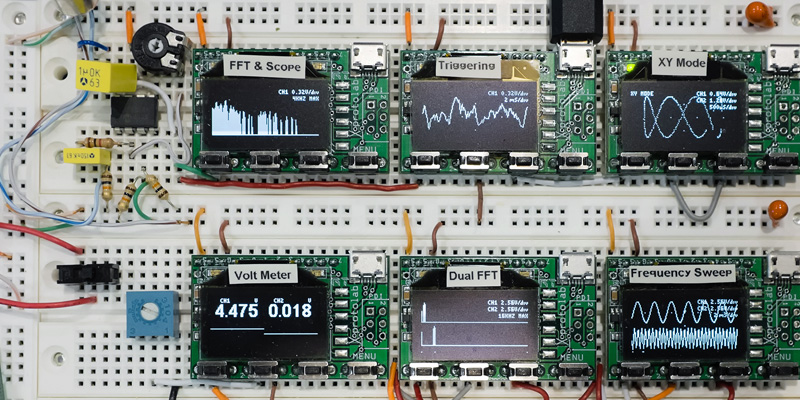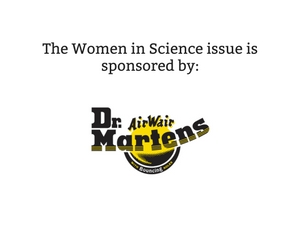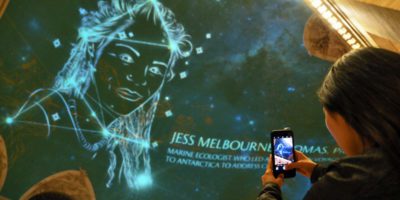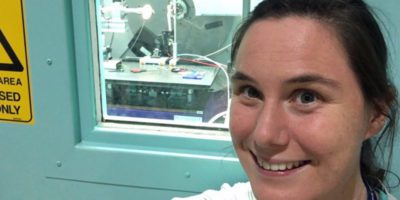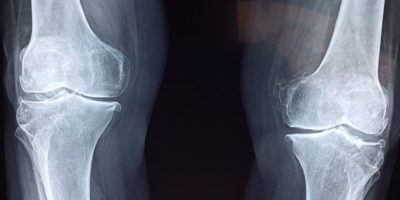Katie Hassell is an Institute of Physics Trainee Scholar, who is training to become a secondary school physics teacher. Prior to this she was a spacecraft thermal engineer at Airbus Defence & Space, where her work centred around predicting the temperatures of the various parts of spacecraft during all phases of their lifetime. She has a B.Sc. in Physics from the University of Warwick and an M.Sc. in Aerospace Engineering from Brunel University.
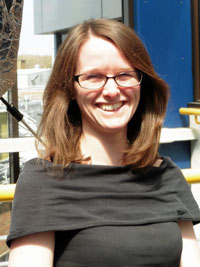
“…To anyone who’s considering teaching: It’s a lot of hours, it’s certainly not the easiest thing I’ve ever done, but it is endlessly creative and kids are extremely funny…”
From spacecraft engineer to trainee physics teacher
In 2016, I was a spacecraft engineer and Soapbox Science speaker on the South Bank, London. Somehow, it’s 2018 and things have changed a little for me – I now live in Yorkshire and I’m training to be a secondary school physics teacher.
How did that happen? I’d been a STEM Ambassador since becoming an engineer, and so being Soapbox Science participant was only one of many science communication things I’ve been involved in, including stand-up comedy with Engineering Show Off, I’m an Engineer Get Me Out Of Here and various public events at museums, exhibitions and festivals.
Alongside all that, I have been a mentor for school pupils, through schemes such as the Engineering Education Scheme, Nuffield Research Placements and Arkwright Mentoring. In short, I’m passionate about a good science education giving children options for their futures. We don’t know what life will look like in ten years – technology and the world of work has already changed significantly.
Being an Institute of Physics Teacher Trainee Scholar
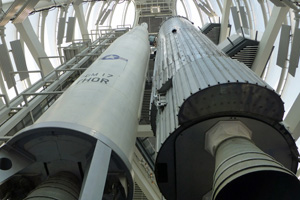
I’m a current Institute of Physics Teacher Trainee Scholar; which means that I receive a bit more funding towards my study, but mainly it means that I get a brilliant network of physics educators to plug into, in particular through “super trips”. So far, we’ve been to the National Space Centre at Leicester, for a whole day workshop on forces, and coming up is a trip to the Science Museum in Manchester and a final one in London sometime in June.
There is a nationwide shortage of physics teachers, which means that training attracts at bursary from the Government. In fact, there are various subject shortages, so it’s worth checking out Get into Teaching if the funding is something that’s putting you off.
I have chosen a route that is known as School Direct, which means my training is overseen through a training school, which is also partnered with a university. In my case, I’m training with the Pathfinder Teaching Schools Alliance, paired with the University of York. There are other routes and again, the Government website is really useful at giving an overview of the different options available.
School placements
My course involves two main placements in schools and then various training blocks around that. Anything to do with the ‘science’ part is covered by the university and anything that is more general is covered by the training school.
My placements in school involved teaching – planning lessons, getting to know kids, working with other teachers in the department and around school, being involved in clubs, parents’ evenings and (the dreaded) marking. It can sometimes feel like a lot, but we’re not thrown into teaching full time – we pick up more hours as the course goes along, so I’ll be at around a half timetable of teaching by the February half term. We’re also supported by mentors within school, the university itself and other course mates.
Of course, we’re also rewarded by the many pupils we’re teaching: when they ask the brilliant question that you hadn’t thought of, or just stop looking worried at that equation and actually, they’re smiling because they’ve used it and remembered the units!
Developing teaching skills
The non-teaching parts of the course do involve assignments, they’re tied to our teaching practice. They’re designed to make us think about the different aspects of being a teacher and also to demonstrate that we’re developing. Everything is tied to the Teachers’ Standards, which is what Ofsted look at when assessing teachers and schools.
The workshops and training sessions are very practical – we look at different social implications and the ‘business’ of being a school, as well as the educational research that’s around. I find the educational research so interesting, I could see myself going into something like that one day. We’ve been learning about how the brain works in terms of memory, recall and practice and how we can build these into our teaching. A big aspect of any teaching is making it relevant – it helps if you know why it’s worth it to you personally, which I think is something we can all relate to.
From ‘hard’ to ‘challenging’
Physics is traditionally seen as a ‘hard’ subject, but I think we often forget that sometimes we see people doing things and think “they’re so talented” and without considering the amount of work that has gone into what we see. For example: playing a musical instrument or making it onto a sport team take hours of practice and learning. Somewhere, the language we use about science and maths needs to alter from ‘hard’ to ‘challenging’. Kids love a challenge.
Giving my pupils the confidence that they can do it
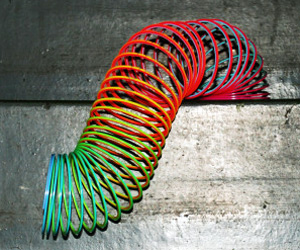
After half term, I move to my second placement school and at some point I’ll be looking for my newly qualified teacher post. It’s all go and definitely no chance of getting bored. To anyone who’s considering teaching: It’s a lot of hours, it’s certainly not the easiest thing I’ve ever done, but it is endlessly creative and kids are extremely funny. You won’t look back, I promise you!
https://twitter.com/khassellspace
Gabotronics oscilloscopes image credit: By Dave Jenson (Gabotronics Oscilloscopes) [CC BY-SA 2.0 (https://creativecommons.org/licenses/by-sa/2.0)], via Wikimedia Commons

